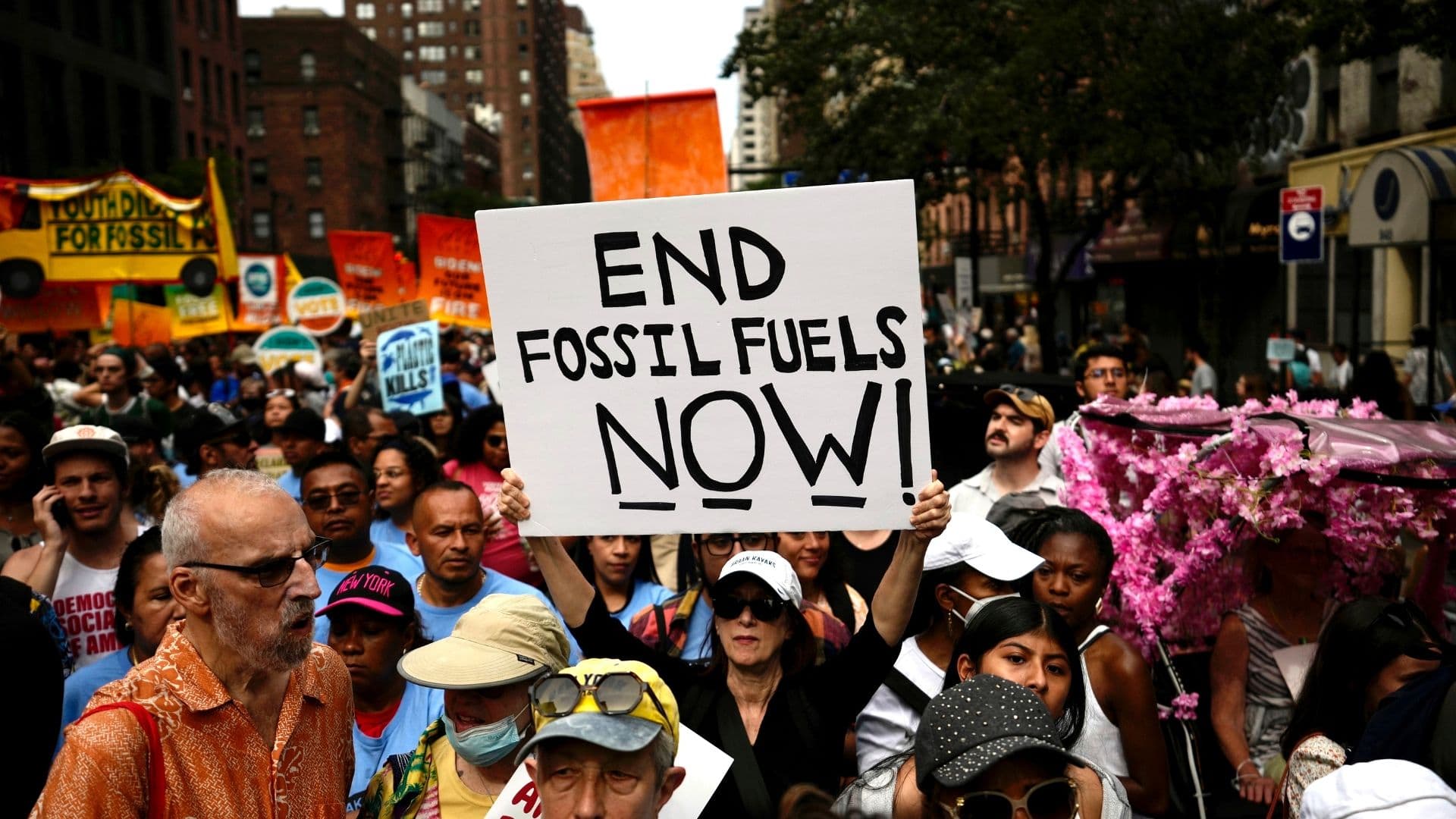Magnitude 5.7 Quake Shakes Dhaka Region, Kills Three, Injures Dozens
A magnitude 5.7 earthquake struck near Narsingdi, about 40 kilometers east of Dhaka, on November 21, 2025, killing at least three people and injuring dozens as buildings swayed across the capital region. The temblor exposed vulnerabilities in older and makeshift housing, raised immediate concerns about emergency response and infrastructure resilience, and could have short term economic consequences for businesses and insurers.

A magnitude 5.7 earthquake jolted central Bangladesh on November 21, 2025, centered near Narsingdi roughly 40 kilometers east of Dhaka, killing at least three people and injuring dozens as structures across the capital region shook. Police reported that three fatalities occurred when a railing collapsed from a multi story building. Reuters witnesses described residents rushing into streets and stairwells as the tremors spread through neighborhoods, and hospitals in Dhaka and surrounding districts treated dozens of injured patients.
The earthquake caused apparent damage concentrated in older and makeshift structures, where masonry and improvised construction are most vulnerable to even moderate shaking. Emergency teams moved to assess buildings for structural safety and to clear debris from affected stairwells and access routes. Authorities urged calm and warned residents to avoid unverified information while rescue and inspection operations continued. Tremors were also felt in neighboring Indian states that border Bangladesh, underscoring the transnational footprint of seismic events in the region.
The human toll is modest compared with larger quakes historically, but the event highlights acute risks for Dhaka, one of the world’s most densely populated cities. High population density amplifies exposure to damage and complicates evacuation and medical response. Hospitals reported treating dozens of patients, straining emergency services already operating at capacity in some districts. Disruptions to transport and commerce were reported in the immediate aftermath as people avoided buildings and authorities inspected infrastructure.
Economic implications will hinge on the extent of structural damage and the duration of any disruptions. In the short term, local businesses may face lost output from office and retail closures, while construction and materials suppliers could see a surge in demand for repairs. The insurance sector in Bangladesh is relatively small and penetration limited, meaning much of the rebuilding burden will fall on households, businesses and public budgets rather than insurers. If damage proves widespread in older neighborhoods, the fiscal cost of emergency repairs and reconstruction could strain municipal and national resources.
Policy questions raised by the quake focus on enforcement of building codes, retrofitting of vulnerable structures and investment in disaster preparedness. Experts have long warned that rapid urban growth in Dhaka has outpaced infrastructure upgrades and regulatory oversight, leaving many buildings exposed to moderate seismic events. Strengthening inspection regimes, prioritizing retrofits for multi story buildings and improving public information systems are likely to move up the policy agenda as officials quantify damage.
Regional coordination may also be required, given that tremors were felt across the border in India. Cross border information sharing on seismic monitoring and emergency protocols can speed responses and reduce confusion. As assessments proceed, the magnitude 5.7 quake will serve as a reminder that even moderate earthquakes can produce disproportionate social and economic impacts in densely populated, rapidly urbanizing environments.

